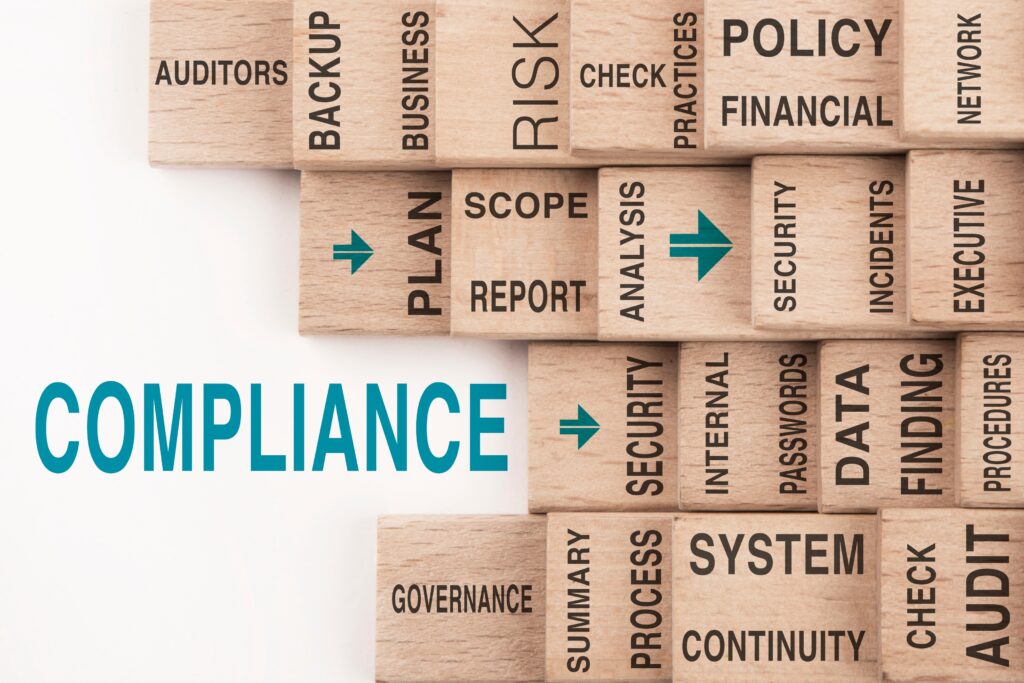Understanding Compliance and Risk Management
Compliance management closely monitors practices to meet industry standards and legal requirements, which is closely related to risk management. Healthcare providers are required to comply with different regulations, including HIPAA, which protects the privacy of patient data, and OSHA, which ensures the safety of the workplace for employees. Not adhering to these rules and regulations will lead to monetary fines and negatively impact one’s reputation.
Risk management is equally essential, encompassing identifying, assessing, and mitigating potential risks. Risks arise from financial instability, legal conflicts, cybersecurity hazards, and operational inefficiencies. By proactively addressing these risks, healthcare organizations can minimize adverse impacts on their operations and reputation.
Strategic Risk Assessment
Healthcare organizations must thoroughly assess risks to uncover possible threats and vulnerabilities. This involves an in-depth analysis of internal processes, external factors, and emerging trends that may pose risks to the organization’s objectives. Regular risk assessments allow healthcare providers to prioritize risk mitigation efforts and allocate resources effectively. This approach helps ensure the safety and well-being of patients, staff, and the organization.
During the risk assessment process, it’s crucial to involve key stakeholders from different departments, including clinical, administrative, and IT teams. Collaborative risk assessment ensures a holistic understanding of potential risks and enables organizations to develop targeted mitigation strategies. Data analytics and risk modeling techniques can improve risk assessments’ accuracy and effectiveness.
Integration of Technology Solutions
Technology is crucial in streamlining compliance and risk management processes within healthcare organizations. Advanced software solutions, such as electronic health record (EHR) systems and compliance management platforms, automate routine tasks, facilitate data analysis, and ensure regulatory compliance.
Additionally, novel technologies such as AI and machine learning provide inventive approaches for forecasting and averting risks. These technologies can analyze healthcare data to identify patterns, detect anomalies, and proactively mitigate potential risks. Also, by integrating technology solutions into their operations, healthcare organizations can enhance efficiency, accuracy, and compliance in managing risks.
Conclusion: Strengthening Compliance and Mitigating Risk
In conclusion, optimizing compliance and risk management is essential for healthcare organizations to ensure operational resilience and maintain patient trust. By understanding regulatory requirements, conducting comprehensive risk assessments, and leveraging technology solutions, healthcare providers can successfully mitigate risks and navigate the complex healthcare landscape.
Next Steps: Partner with MedPro Disposal
Elevate your compliance and risk management efforts with MedPro Disposal’s comprehensive solutions tailored to the healthcare industry. Contact us today to learn more about our services and embark on your journey toward regulatory excellence and operational efficiency.



